Recently, Ukrainian forces have been expanding their defensive efforts across the front, attempting to slow Russian advances and reduce manpower losses. But building a stable defense line is not just about trenches and concrete. It is about whether Ukraine can stay ahead in a war shaped by drones, deep strikes, and contested logistics.
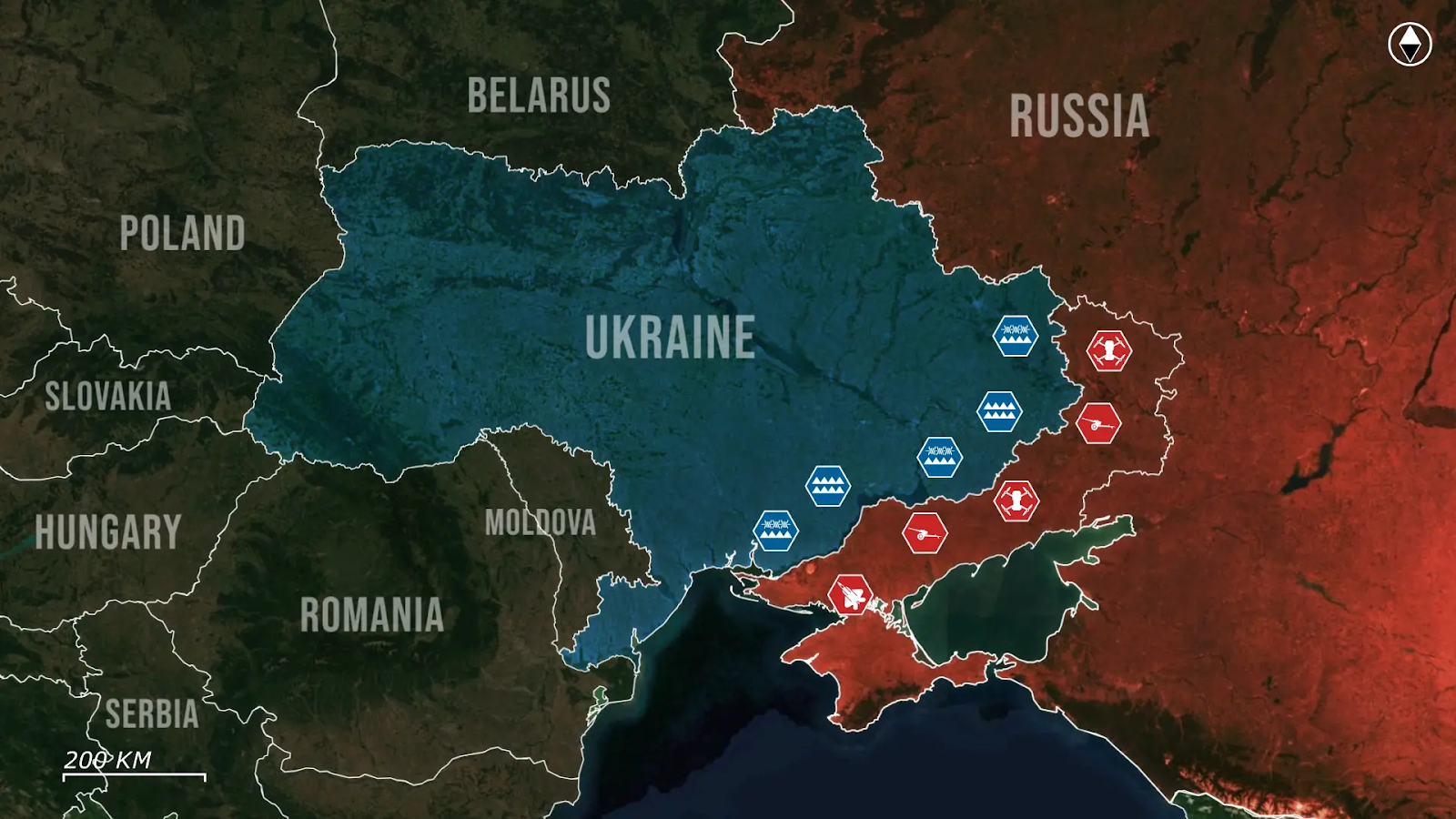
Ukraine’s biggest challenge in maintaining defense is not necessarily a lack of fortifications, but a lack of troops to hold them. Long sections of the front are covered by trench networks that cannot be staffed, leaving strongpoints empty and easily overtaken. At Bohatyr, Ukrainians still hold the settlement, but the lack of defenses around it allows Russian forces to push through nearby tree lines uncontested.
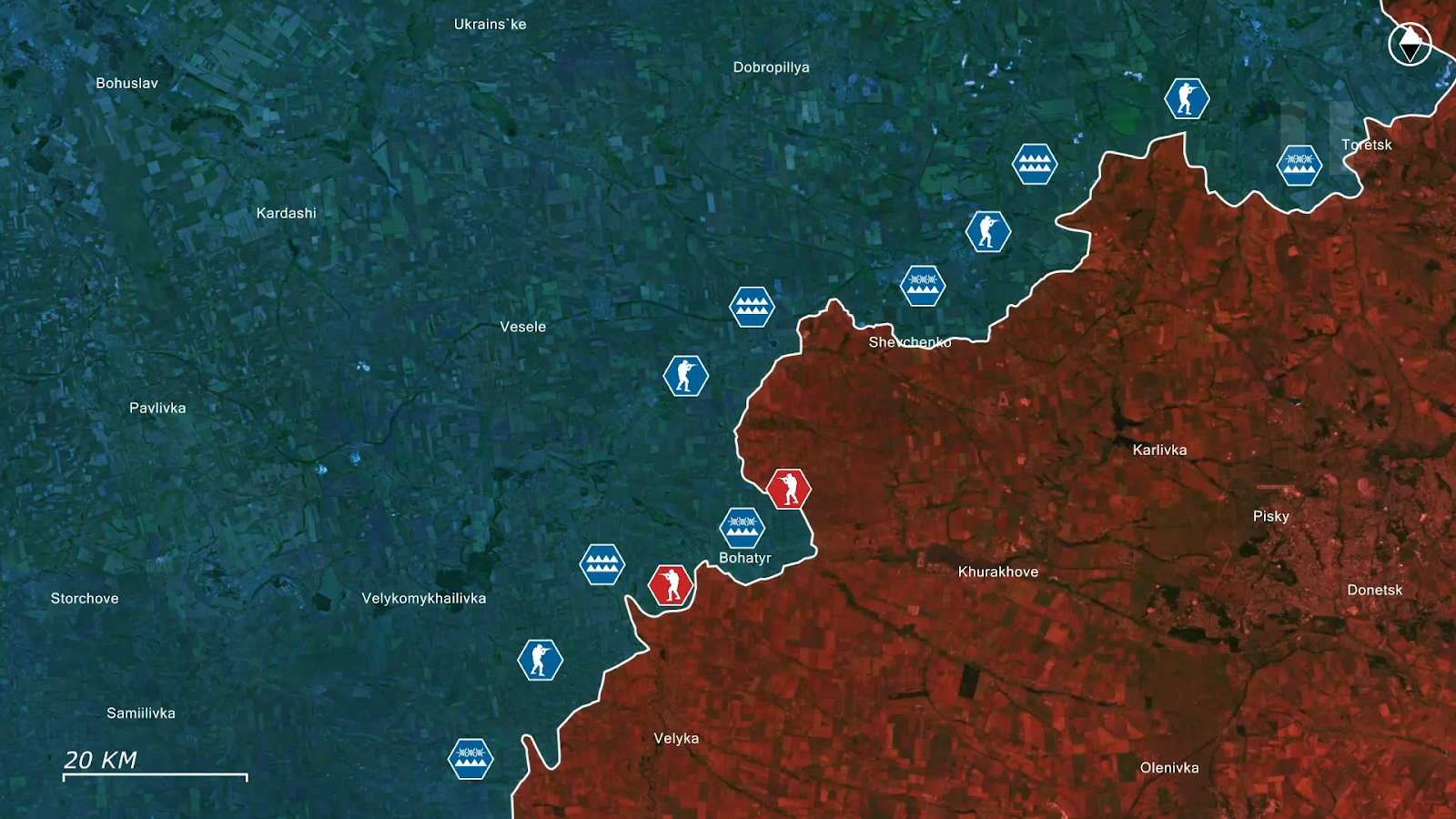
In other cases, defensive positions are improvised or inherited from old artillery setups, offering little real protection against modern drone or artillery tactics. This underscores the urgency of building new, properly designed fortifications.
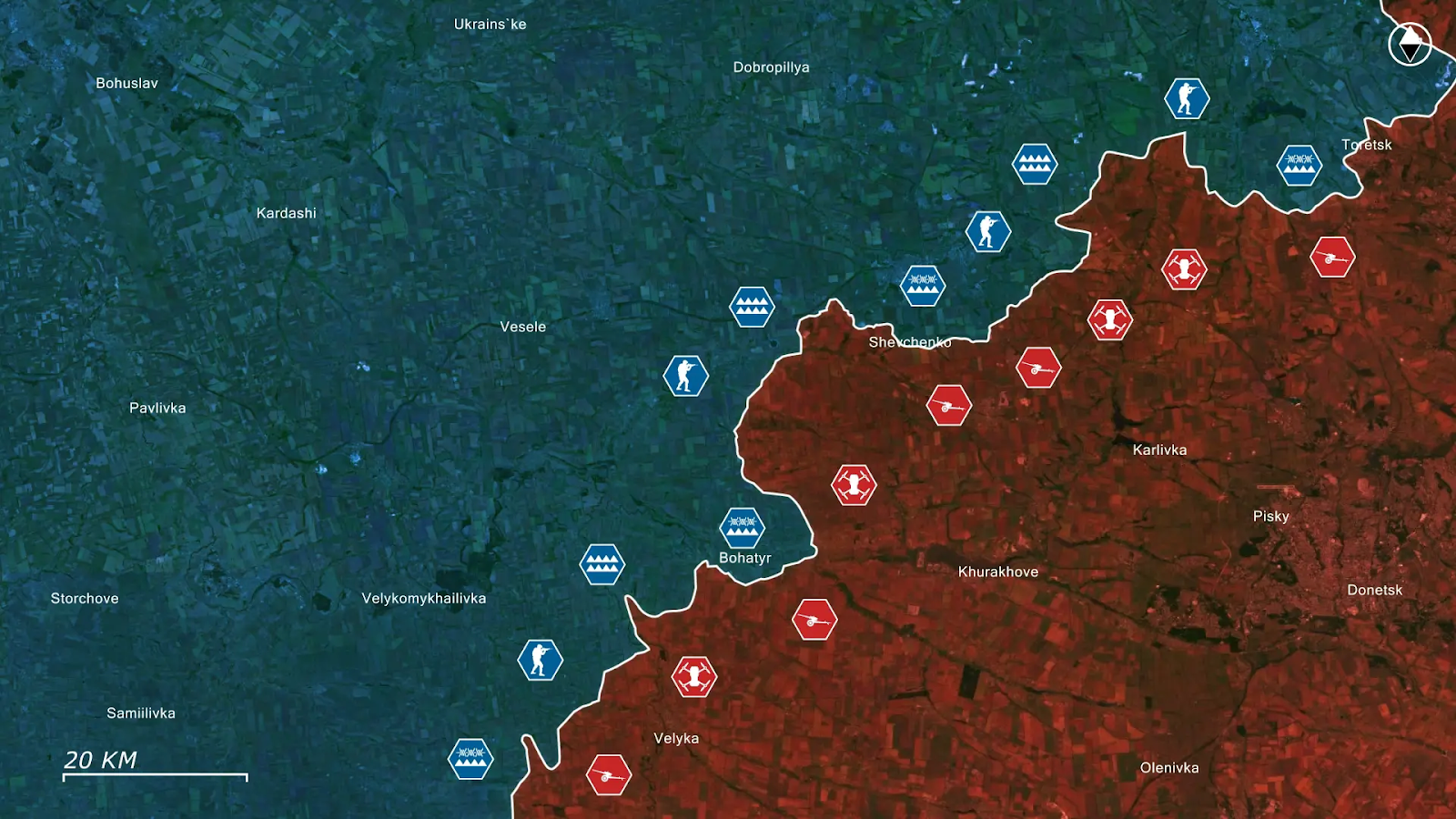
Another problem is the lack of proper drone bunkers and communication trenches, which expose operators and infantry to air and artillery strikes. Ukrainian logistics are under constant pressure as Russian FPV drone crews, well-trained and striking up to thirty kilometers from the front, disrupt supply convoys, troop movements, and evacuations. This is especially dangerous given Ukraine’s shortage of light vehicles and stable resupply routes.
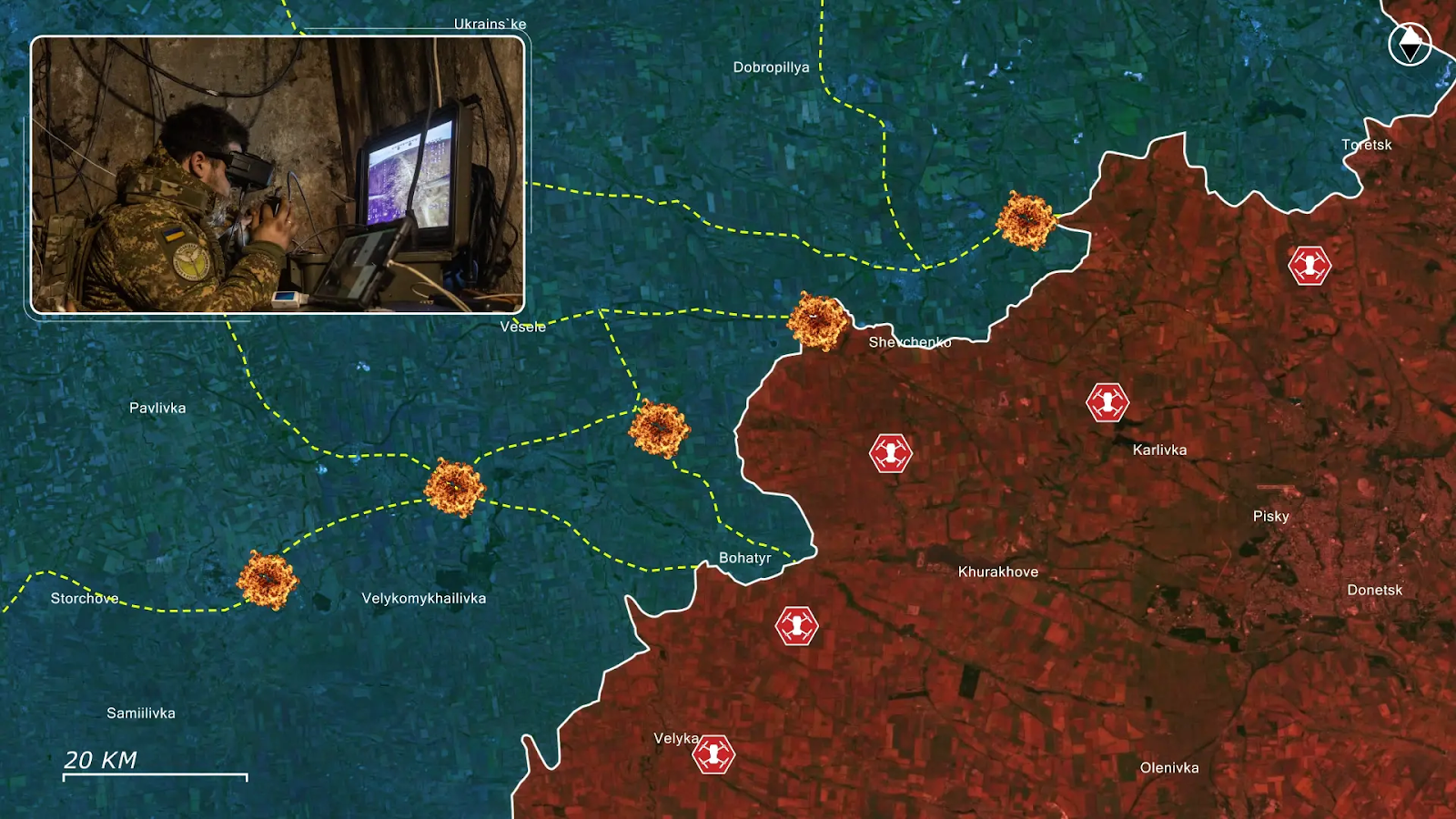
Russian forces are attempting to replicate a ‘’Kurk-style’’ collapse by cutting off logistics first, then exploiting weakened positions with masses of infantry
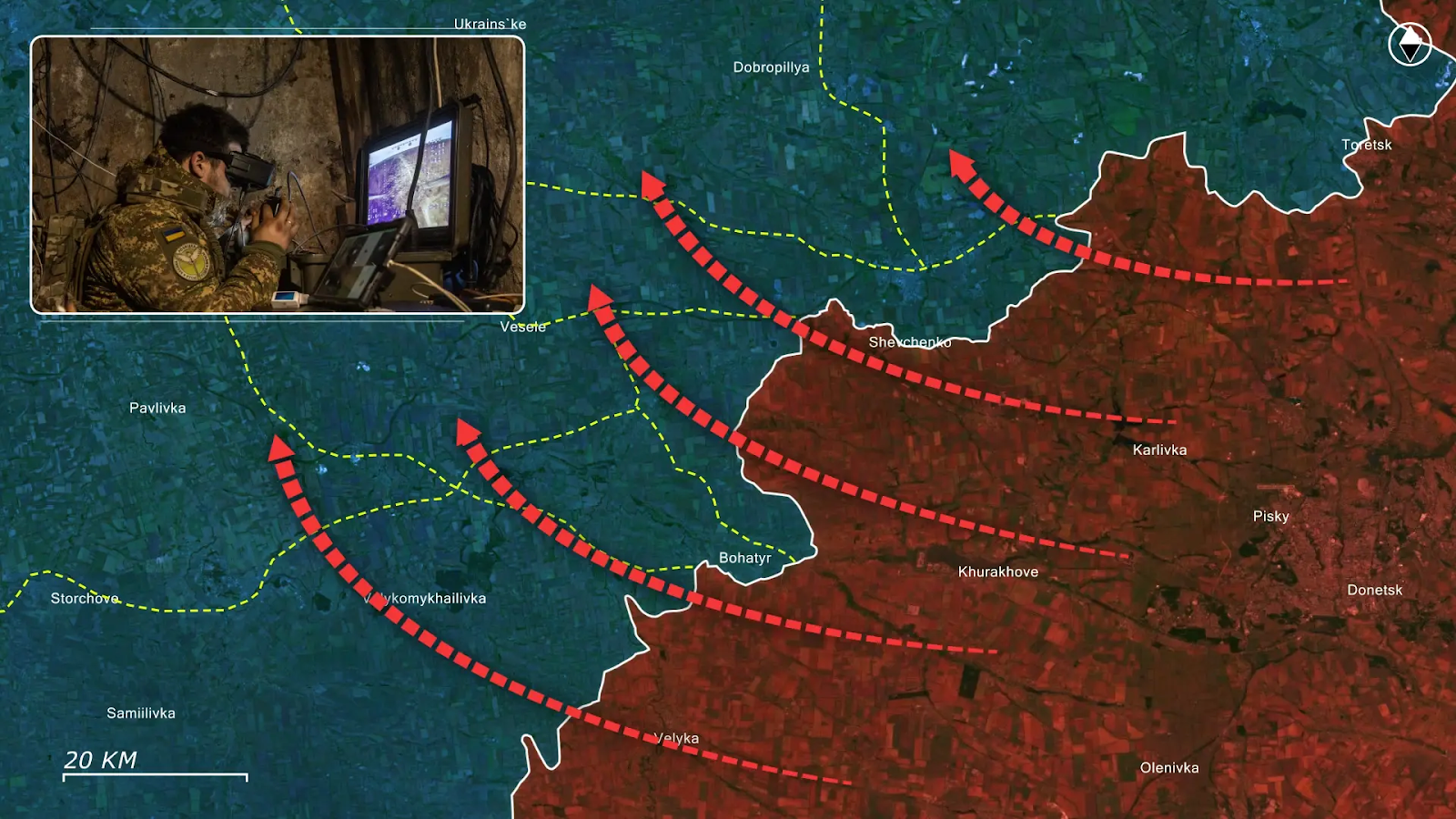
When Russians capture these abandoned positions, they repurpose them with minimal adaptation. However, Ukraine is adapting. Drone surveillance and fire control are now widespread. FPV drone units are often the second line of defense after infantry. In practice, drone operators in well-protected bunkers can intercept Russian troops attempting to cross minefields, wire obstacles, and ditches. In many locations, such as Pokrovsk, Russian advances have stalled after hitting actual completed defense lines, something they had not encountered since the fall of Adviivka.
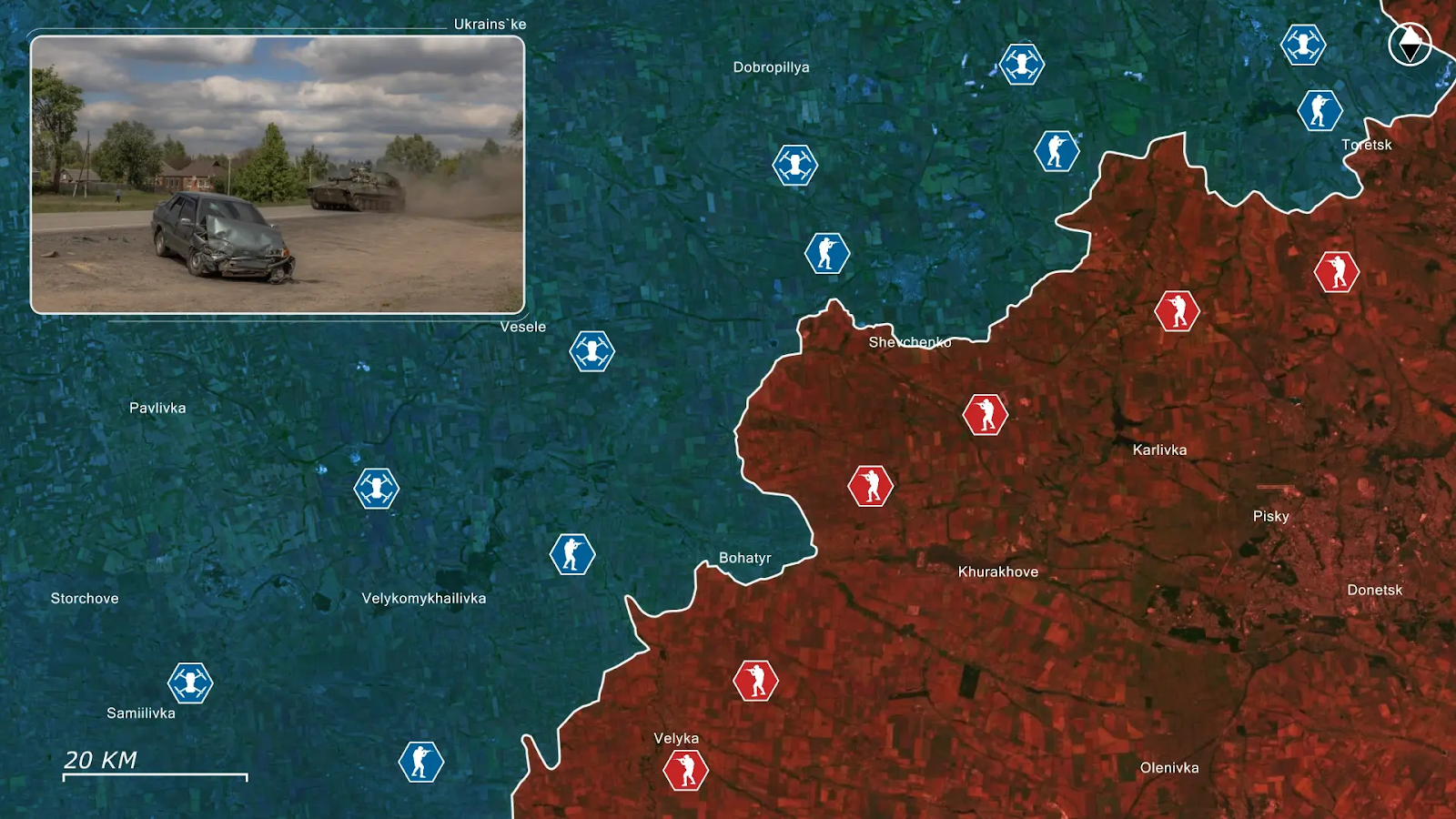
Ukraine is now building new defensive lines across the Donetsk and Zaporizhzhia fronts. These are no longer scattered efforts but coordinated systems with depth and redundancy. One of the best examples is the new Donetsk defense line, where construction is ongoing with support from both the army and civilians. Additionally, satellite images, drone footage, and open-source tracking maps show a massive increase in the scale and sophistication of these defenses, as well as frontline defenses since March. The lines integrate terrain features like rivers and hills, creating layered barriers that complicate Russian movements even before they reach trench systems. According to several observers, the new lines are designed with the assumption that manpower will remain limited. The aim is not to hold every meter, but to slow down attackers enough that drone operators and mobile reserves can respond in time.
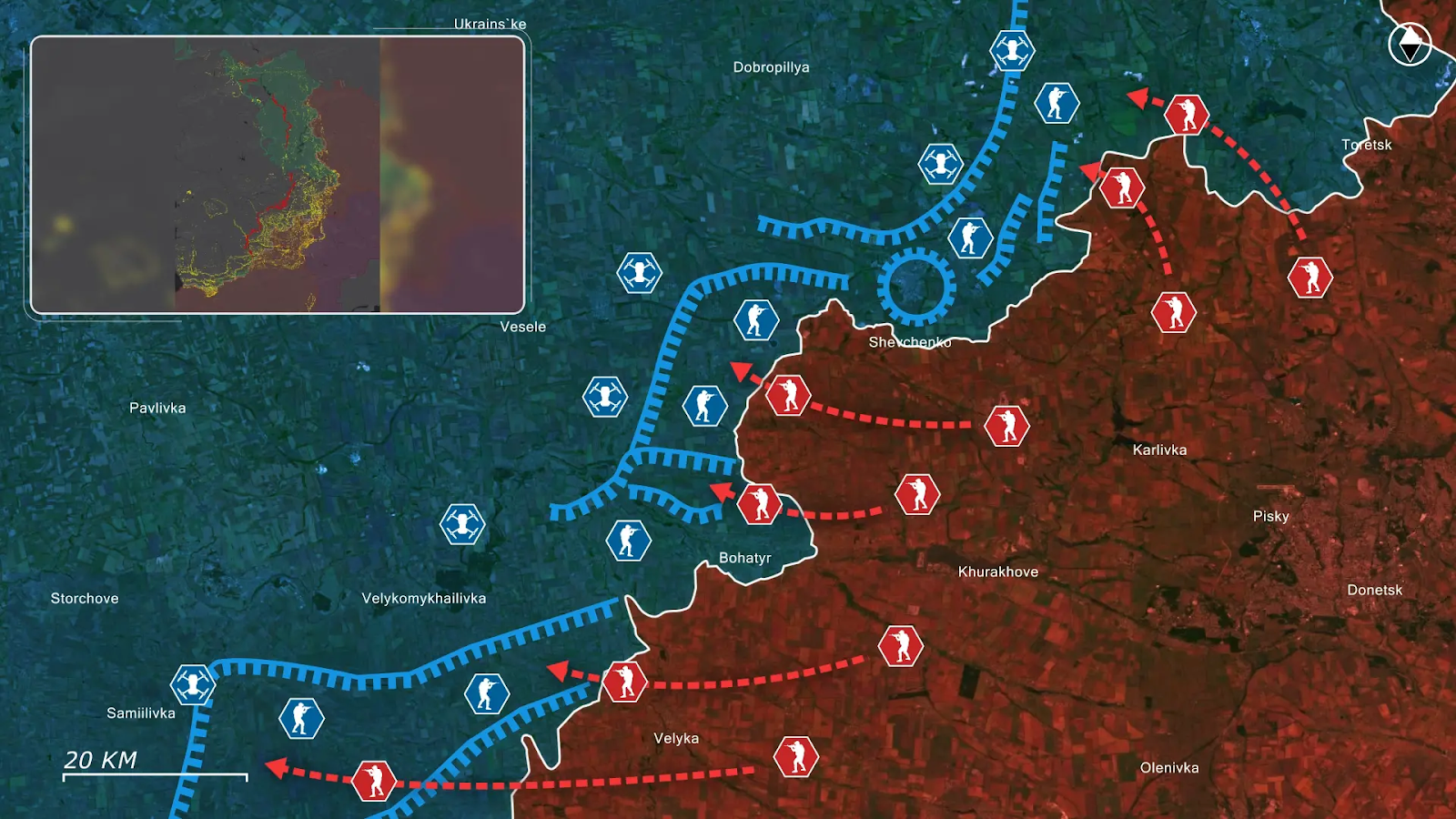
This approach allows Ukraine to compensate for limited forces while maximizing its strength in drone warfare. These new lines are being backed by plans for a fully coordinated drone network and flexible quick response units, reducing reliance on fixed troop deployments.
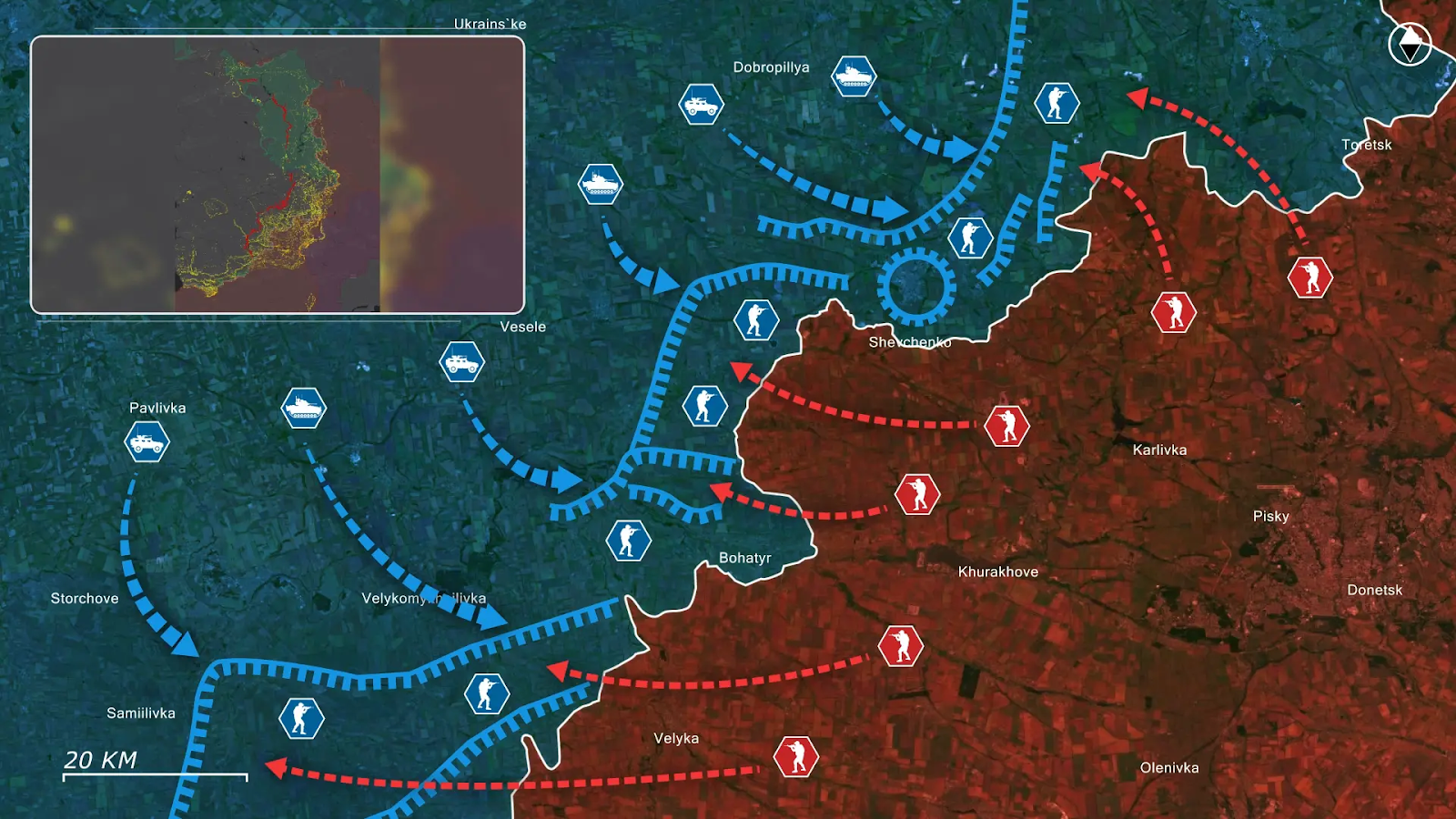
Modern Ukrainian defenses are structured as multi-layered systems designed to delay and disrupt attackers long enough for massive drone swarms to finish them off. They include ‘’Egoza ’’- type barbed- and razor wire, triple-layer anti-tank ditches, dragon’s teeth, underground bunkers for drone operators, and concealed communication trenches.
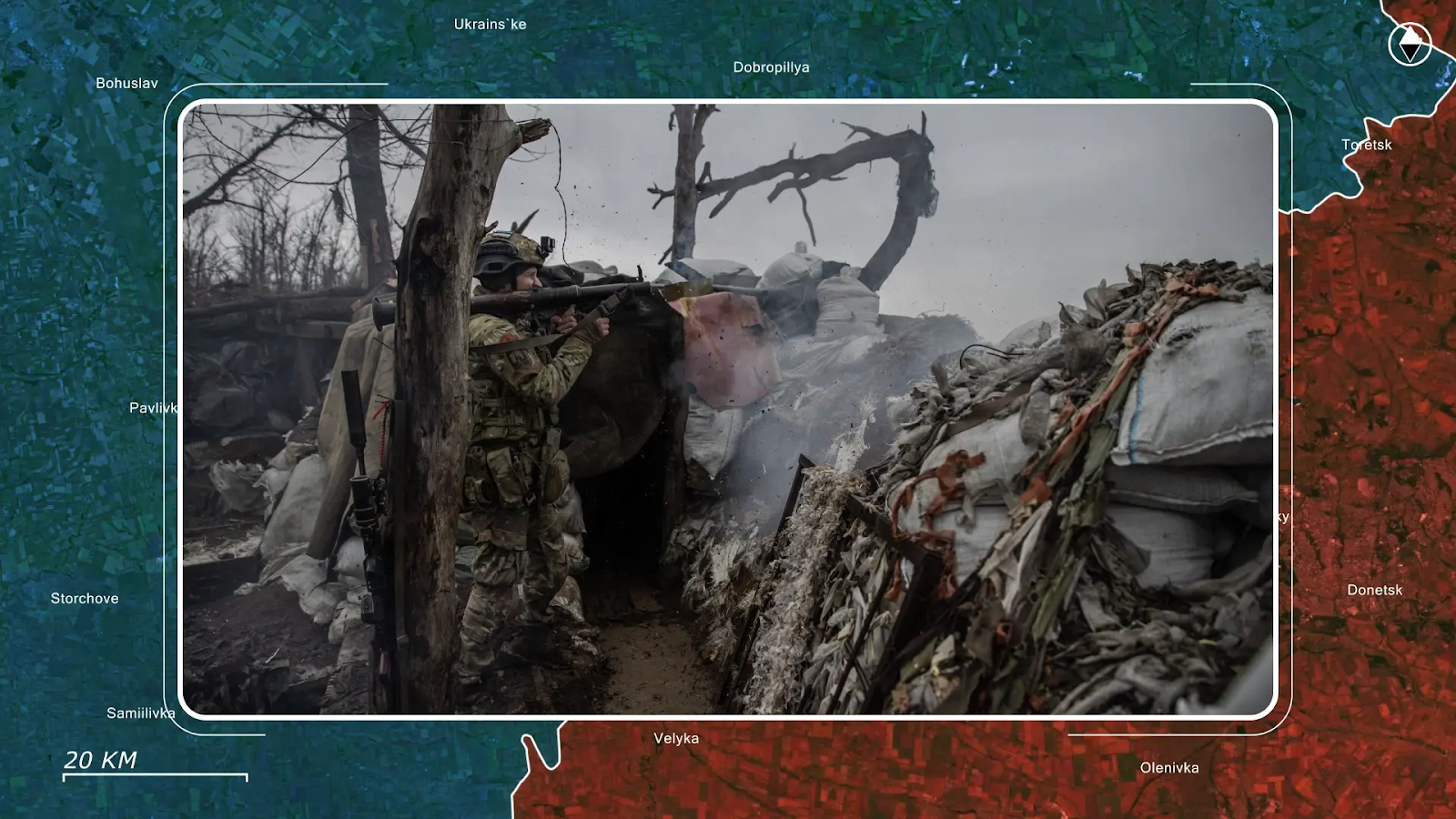
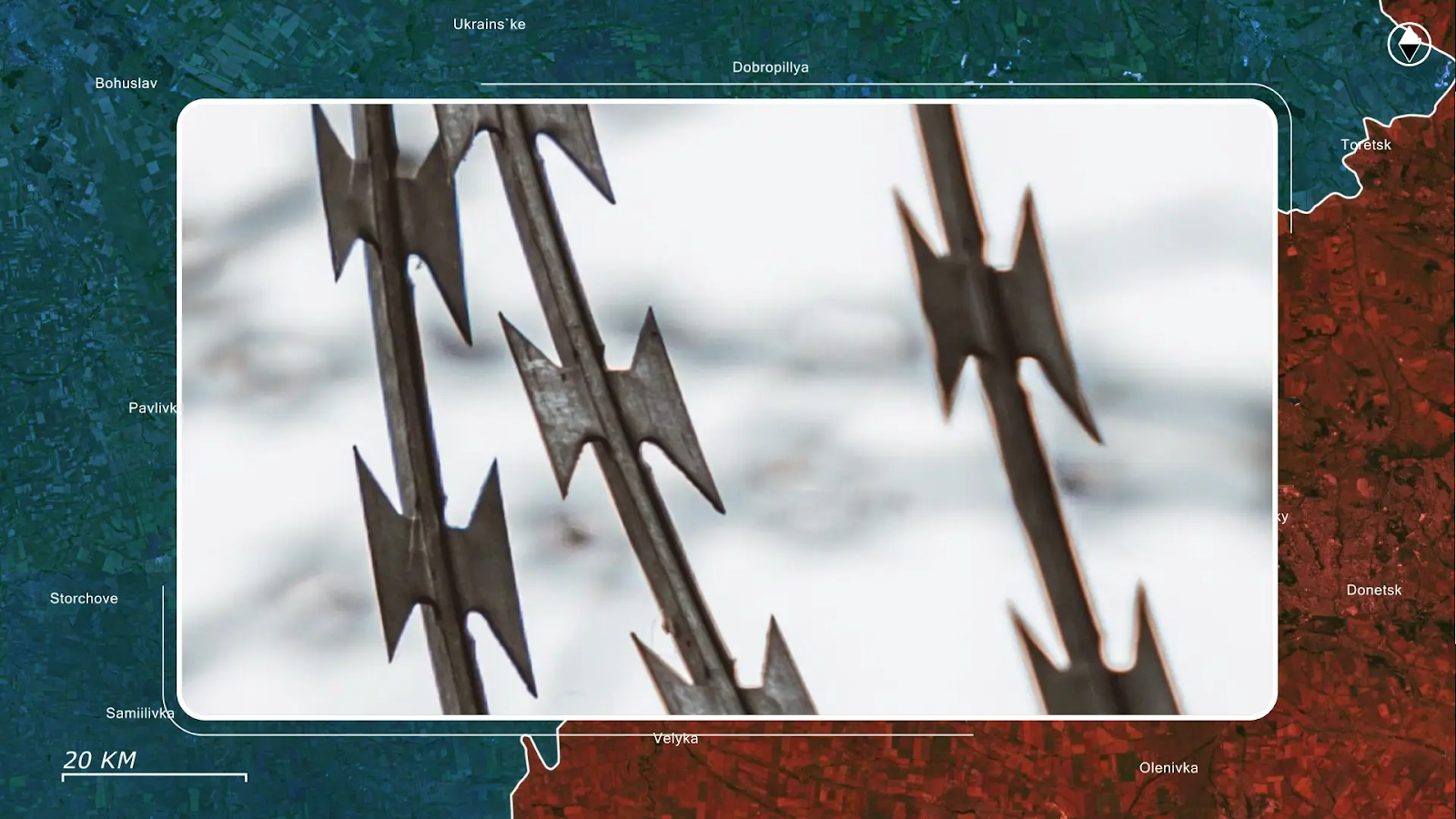
The concept depends on drone fire control reaching several kilometers deep and operating effectively across the front. Many units and brigades are already incorporating this line of thought, though implementation varies between sectors.

Ukraine is also reinforcing logistics routes using anti-drone nets. In sectors like Chasiv Yar, Pokrovsk, Toretsk, and Kostyantynivka, wide anti-drone nets, originally donated by Dutch gardeners for crop protection, are now being stretched over roads to protect supply vehicles. These nets are a low-cost way to shield supply lines against Russian drone attacks and form a core part of future defense planning. Their availability is actively being boosted by Western allies, such as Dutch farmers sending nets, previously used for crop protection, to Ukraine en masse.
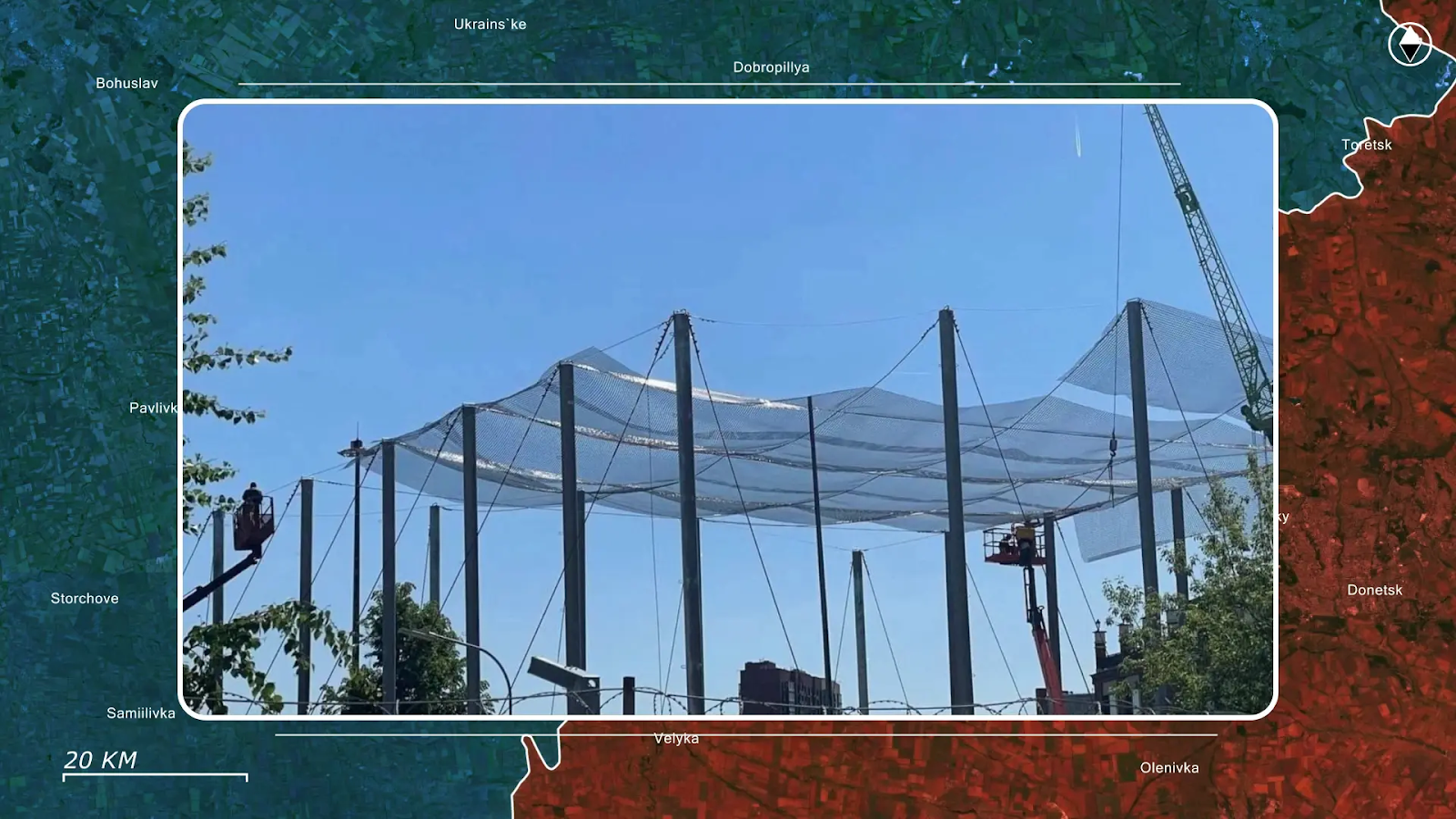
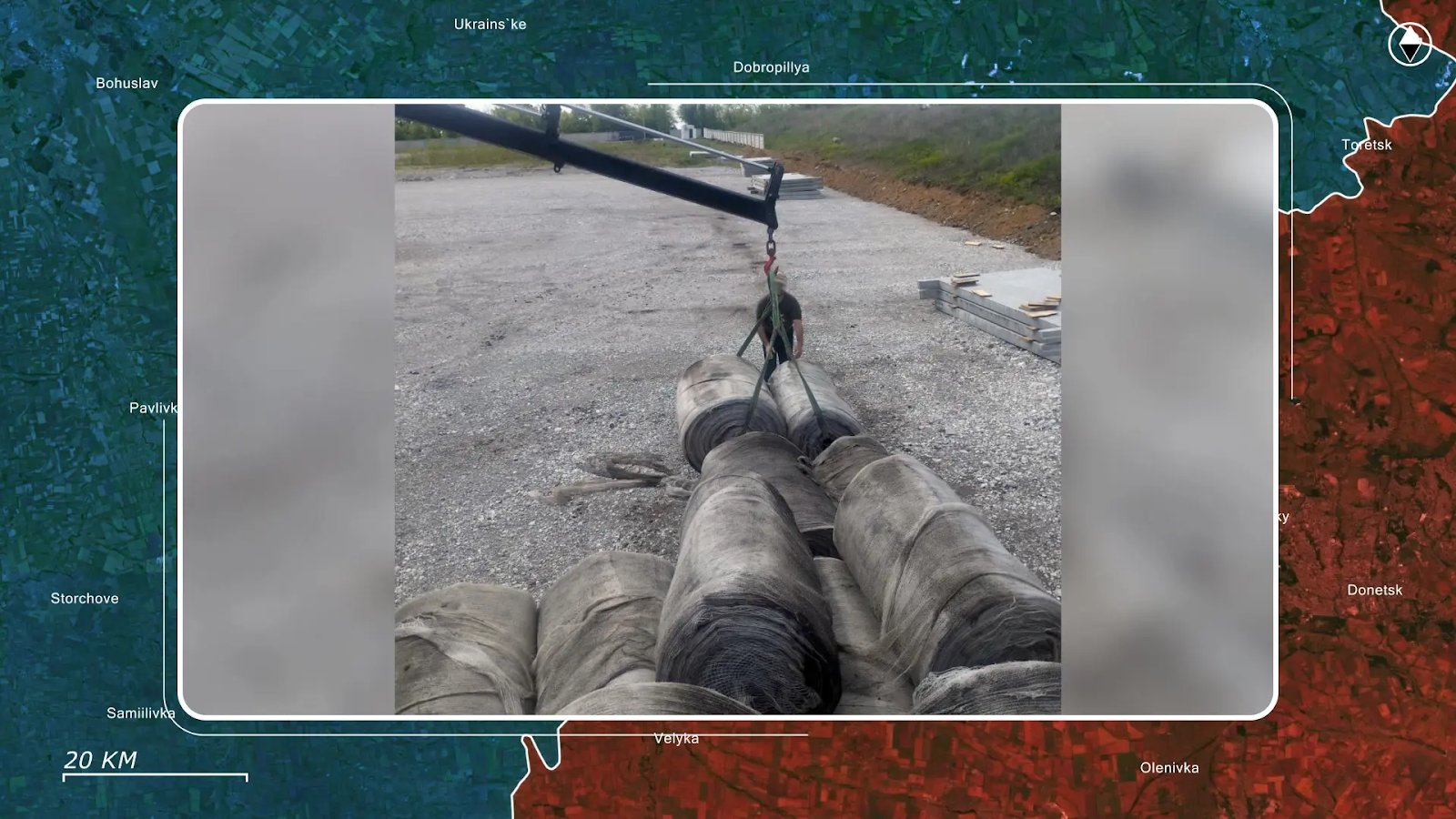
Overall, Ukraine’s ability to hold ground no longer depends solely on manpower or artillery. It hinges on how well its fortifications delay the enemy long enough for drones to strike, and how quickly damaged supply lines can be patched under fire. What we are seeing now is not a static defense, but a transition to dynamic defense through terrain and smart construction. The war is moving fast, and Ukraine’s defenses are finally catching up.
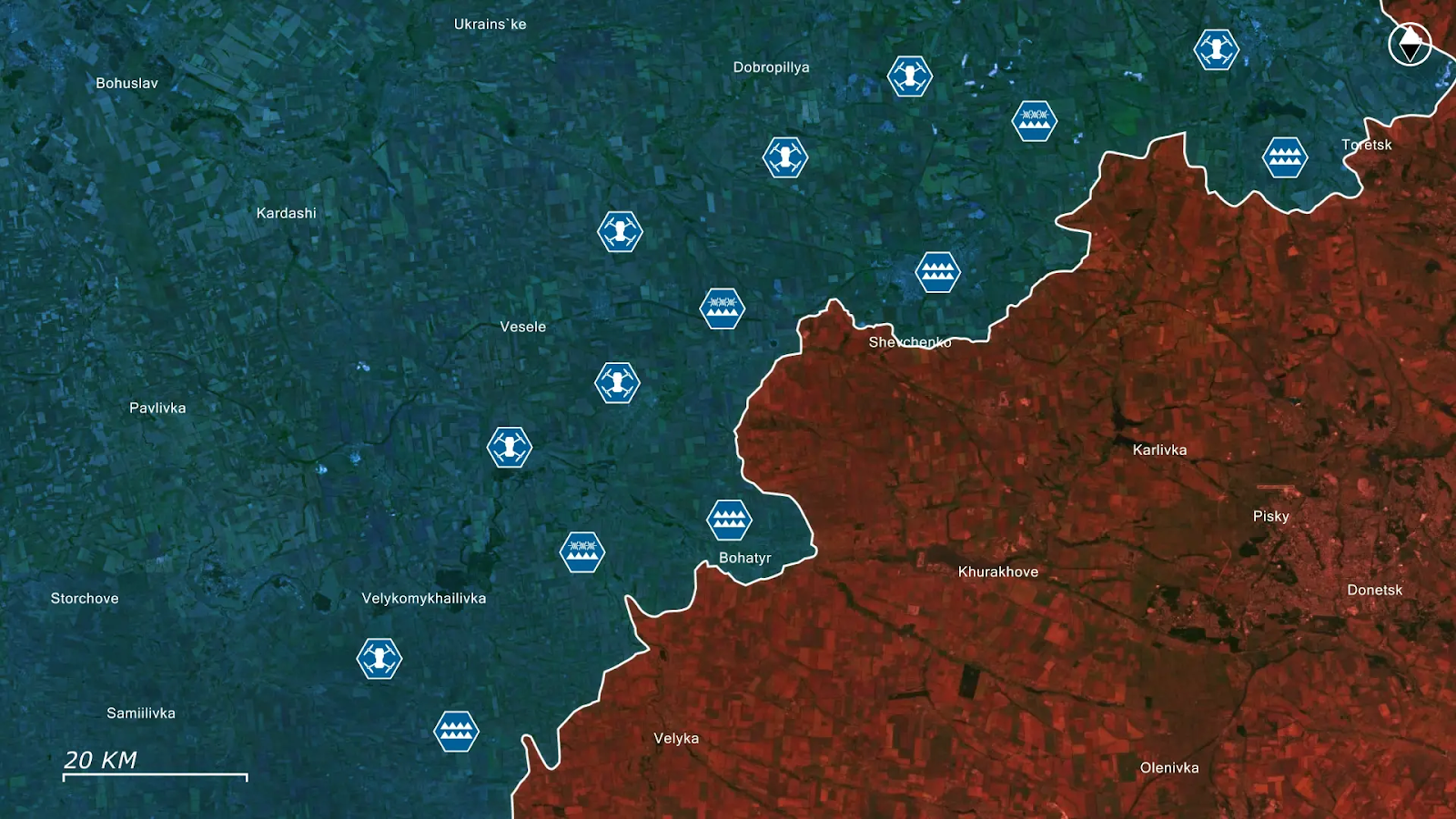









.jpg)
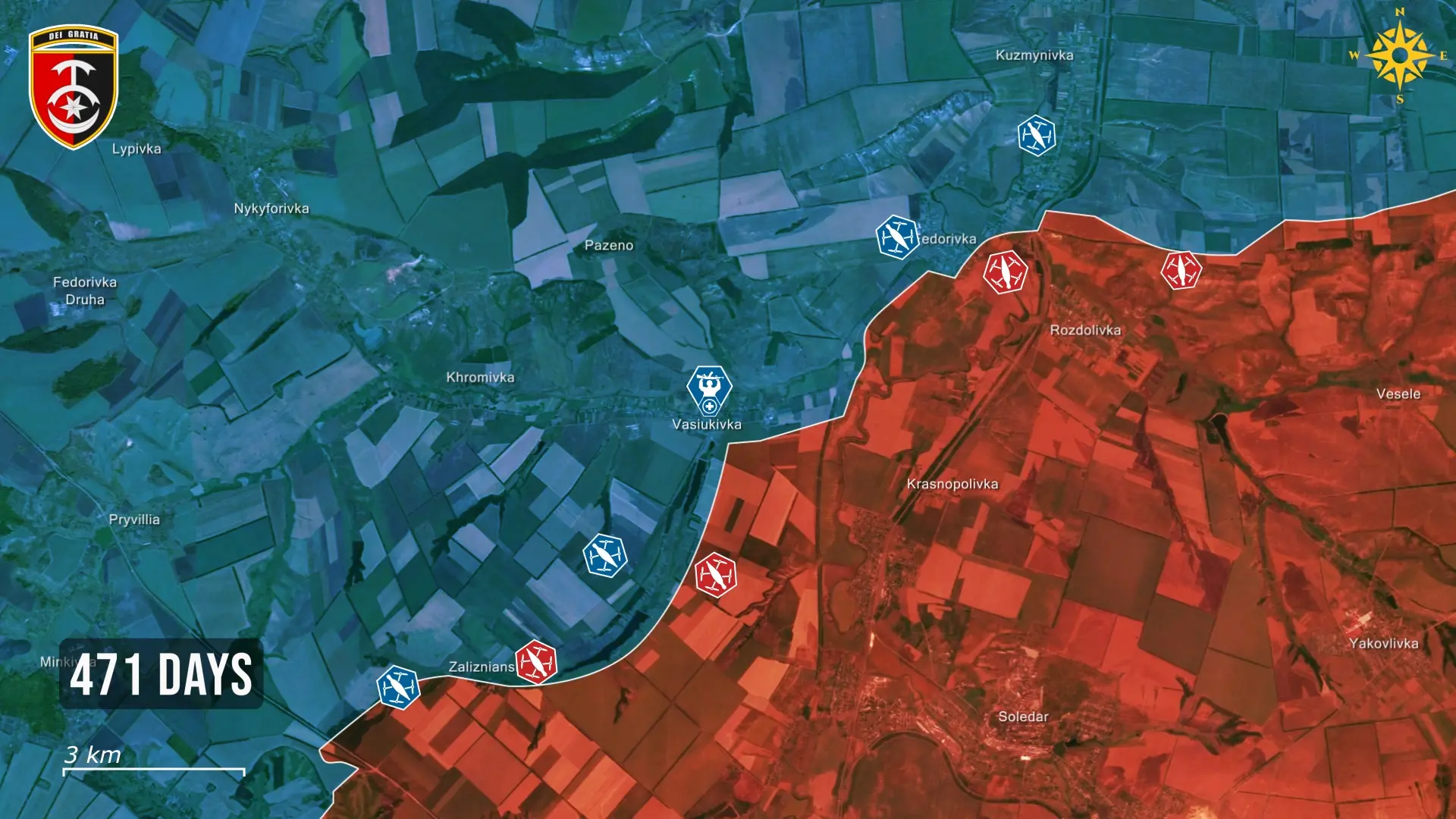
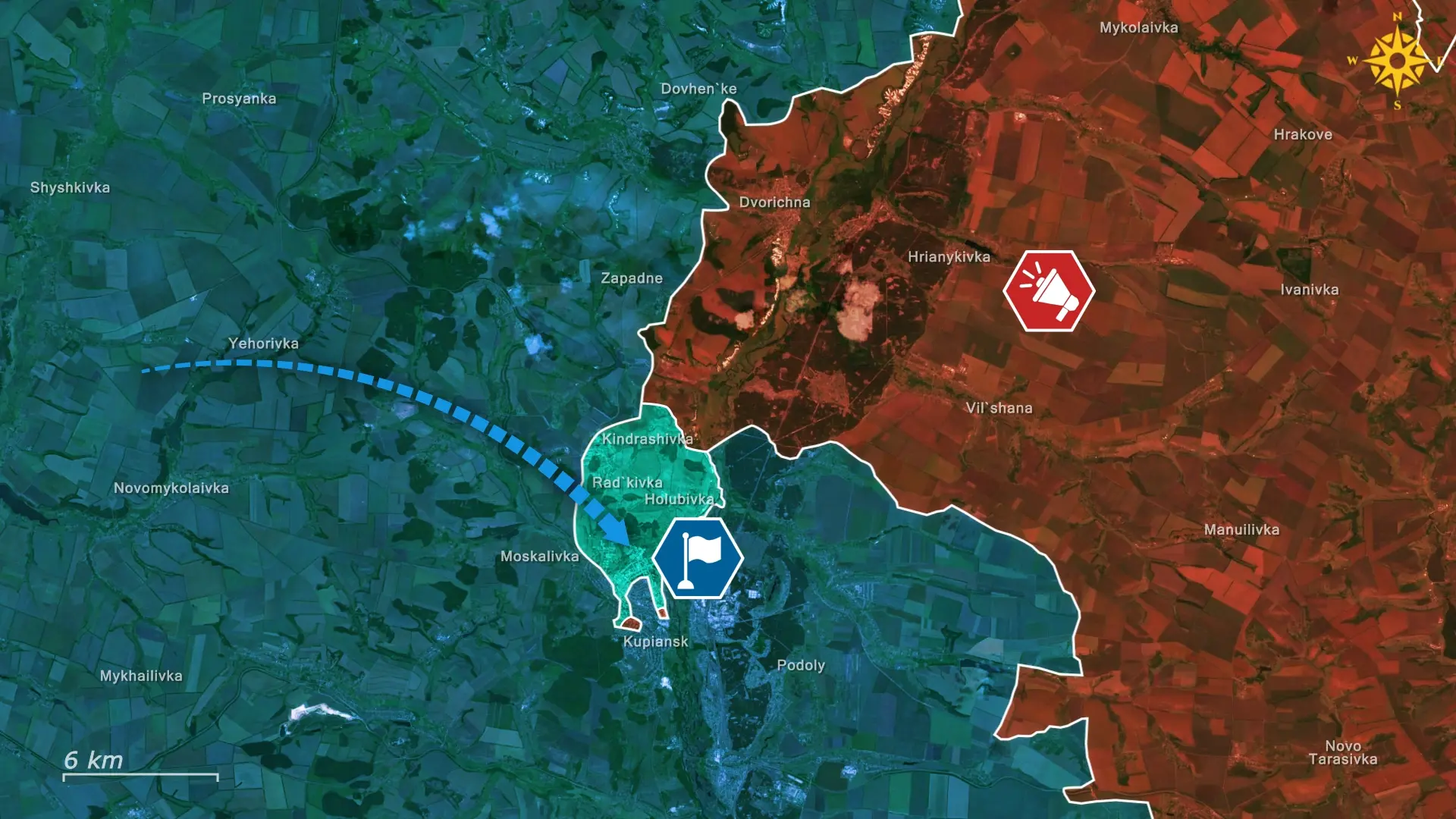
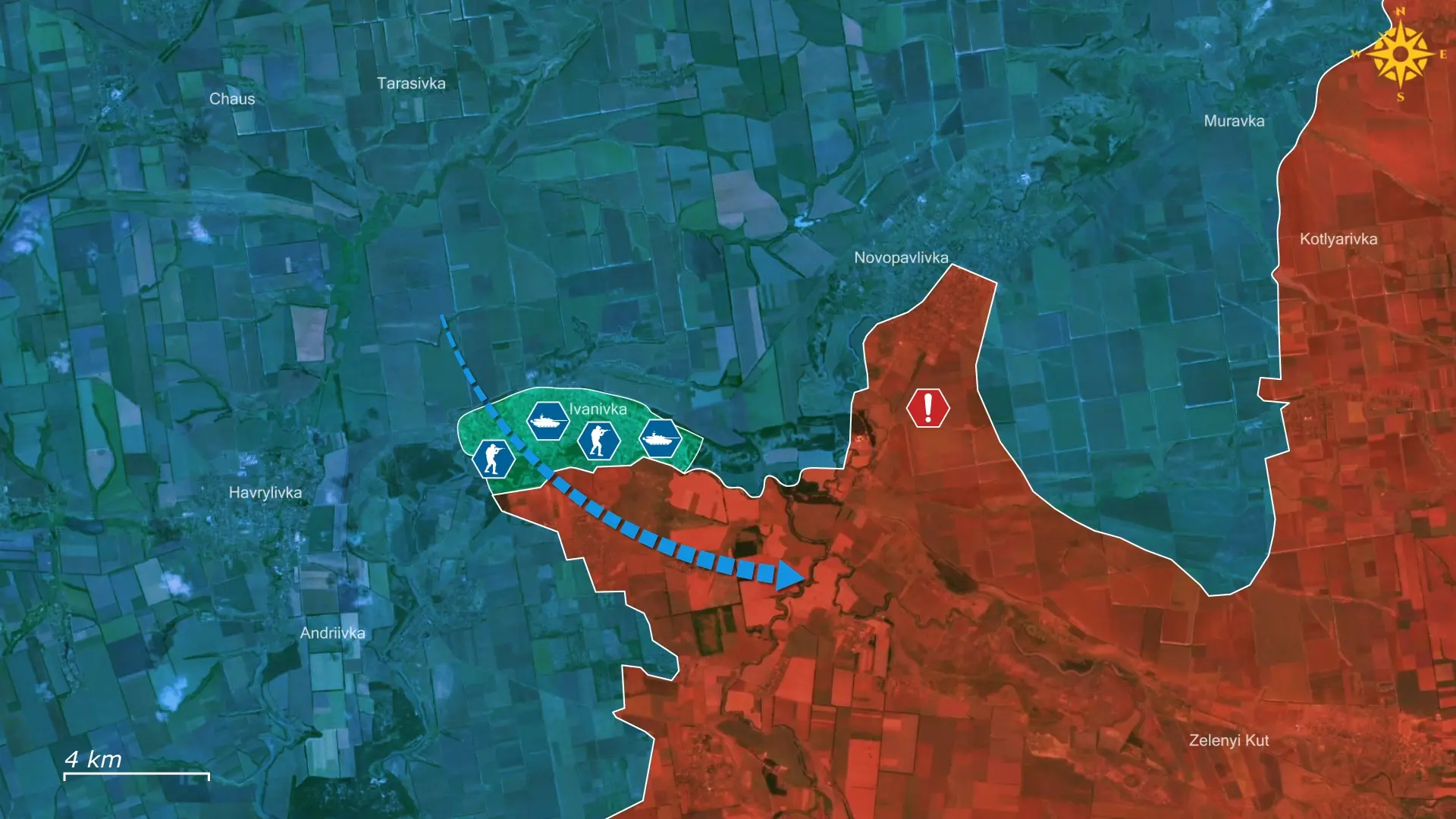
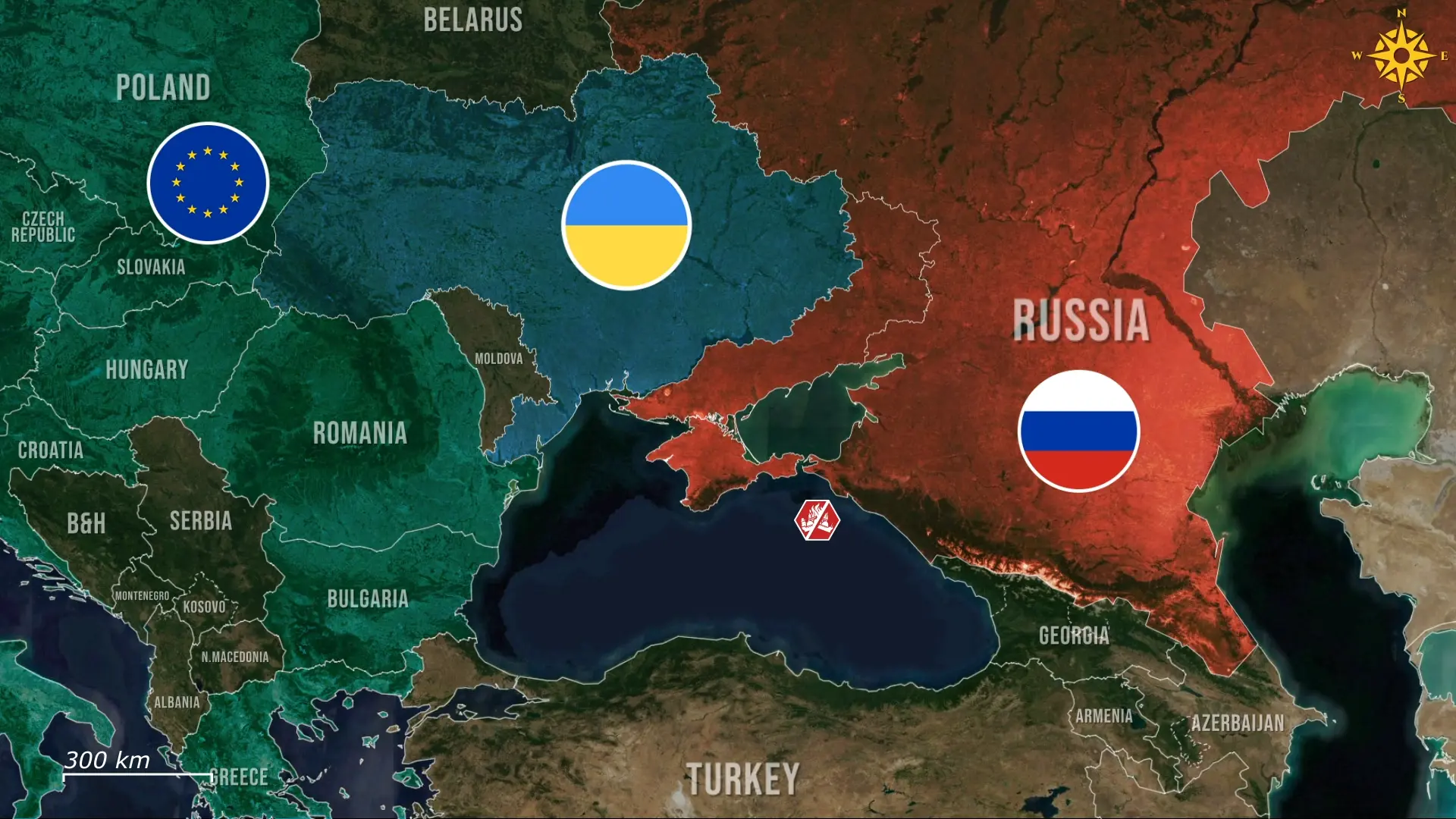
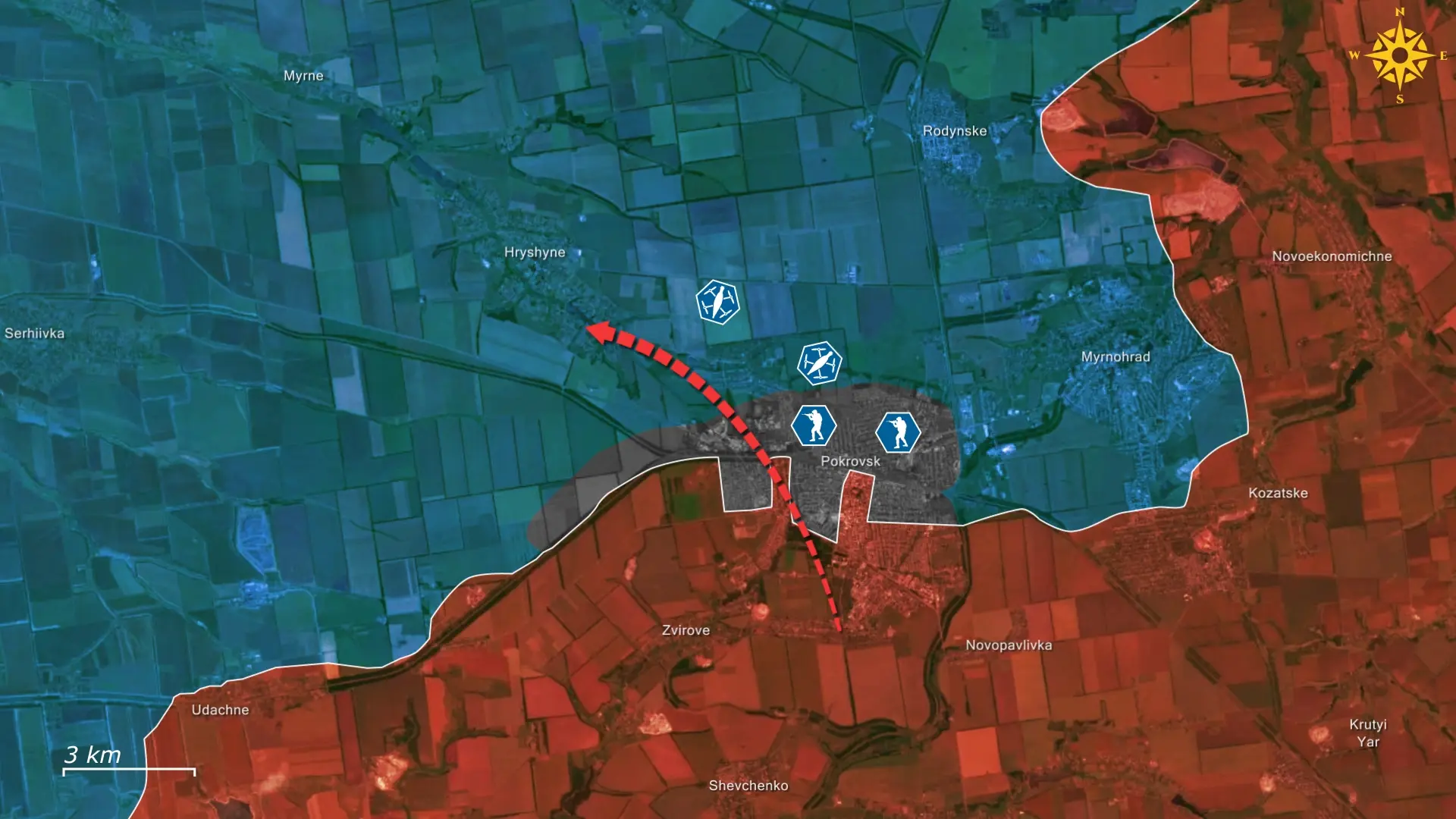
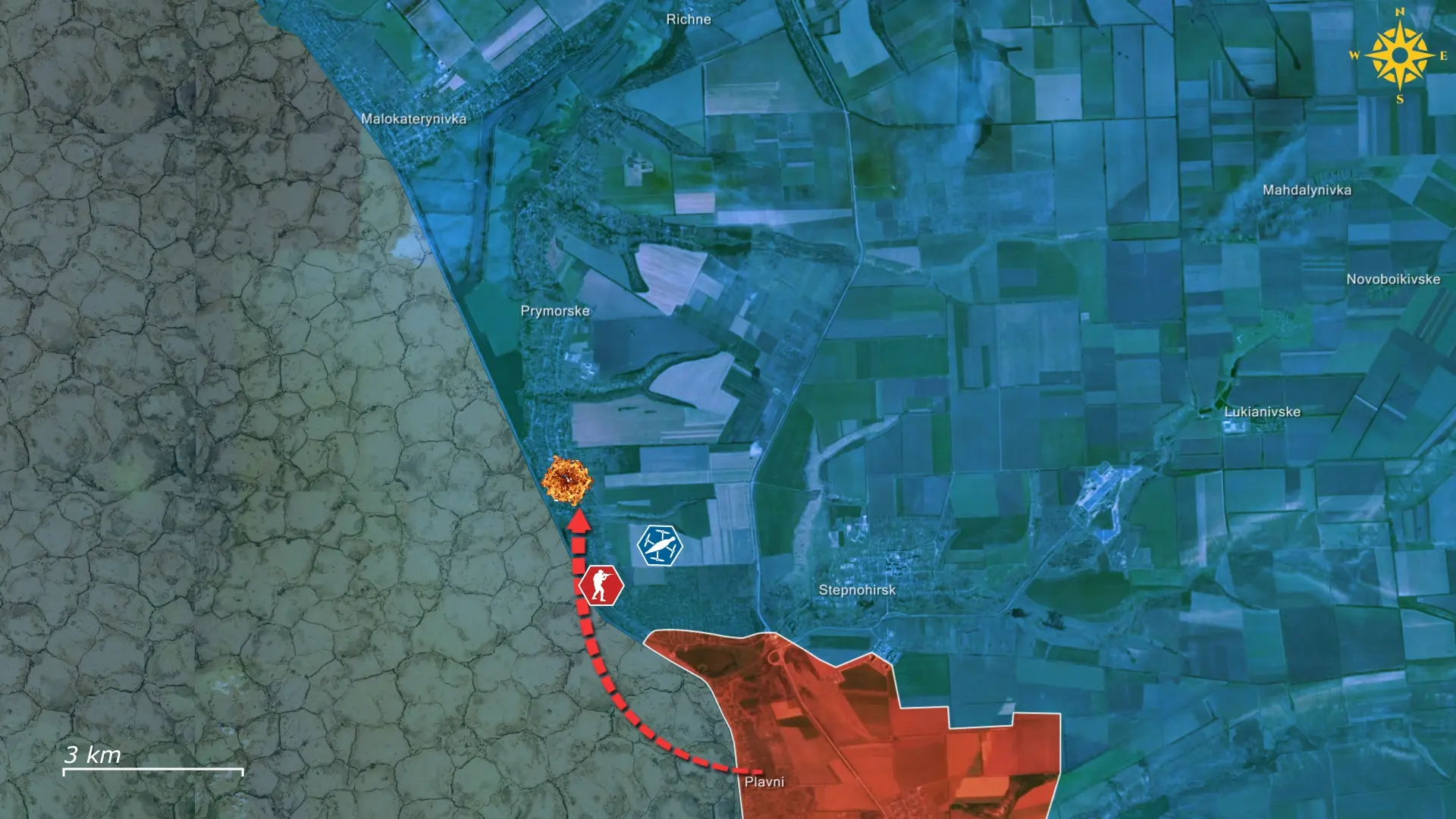

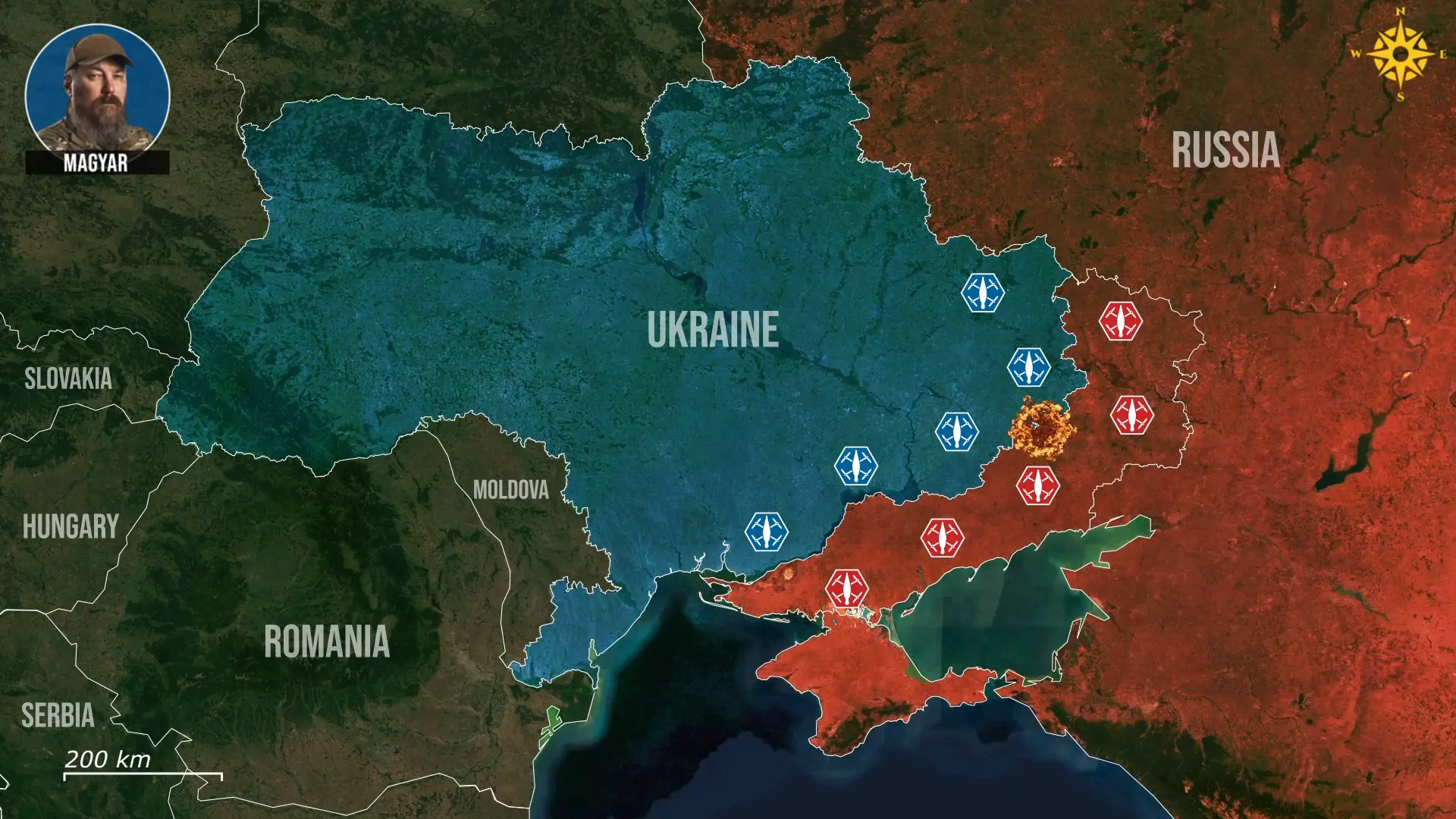
Comments